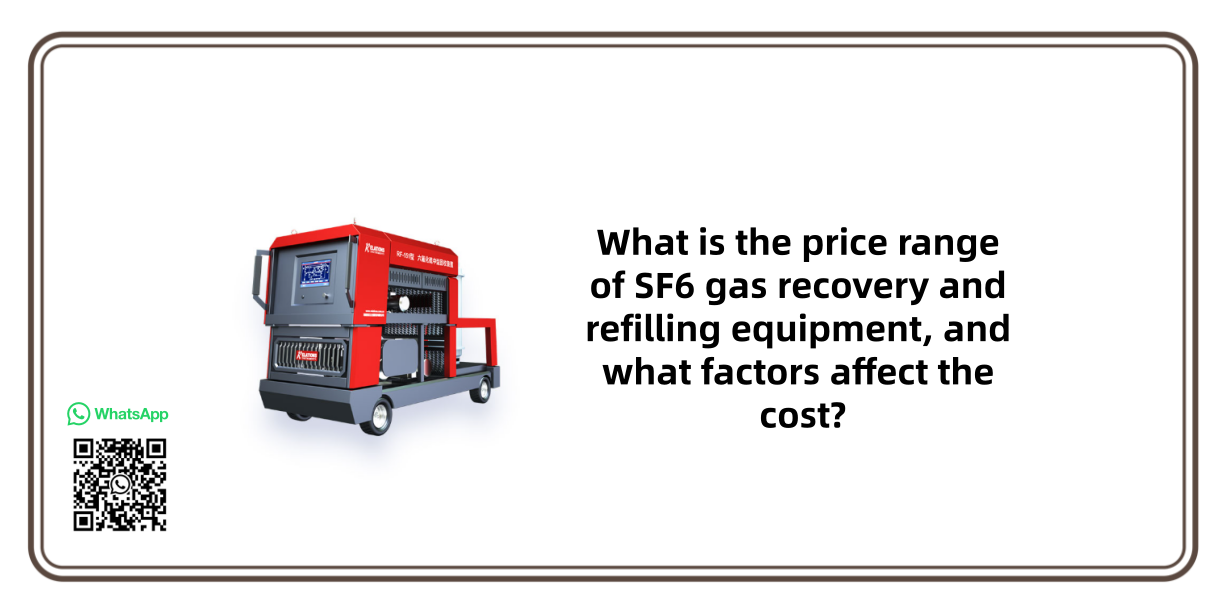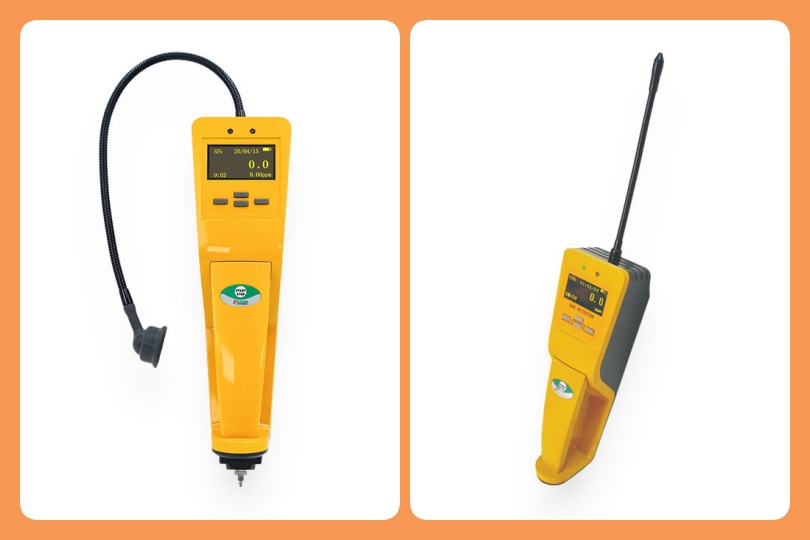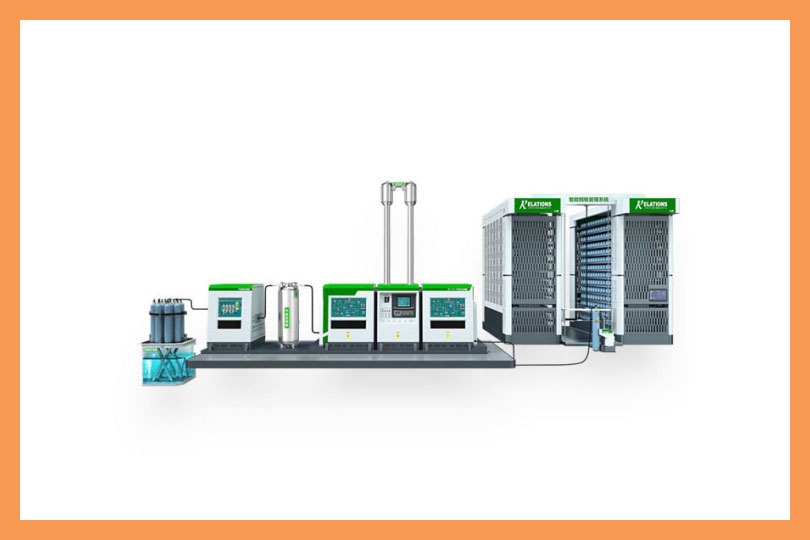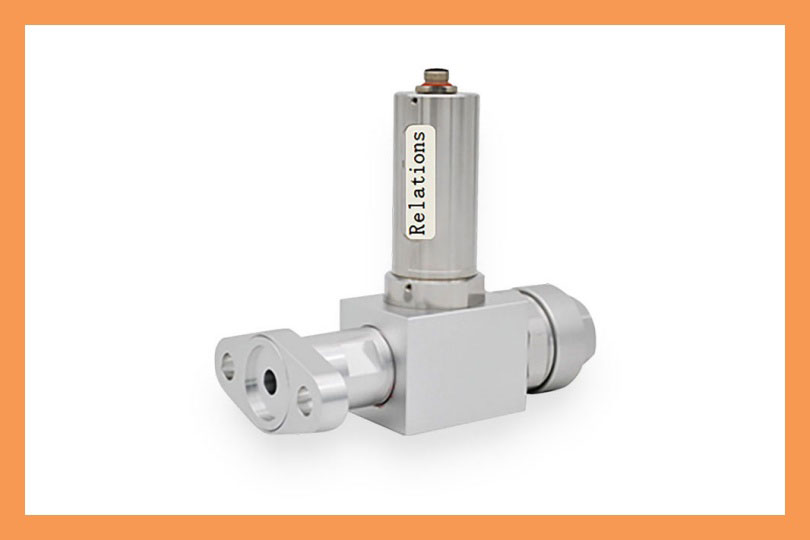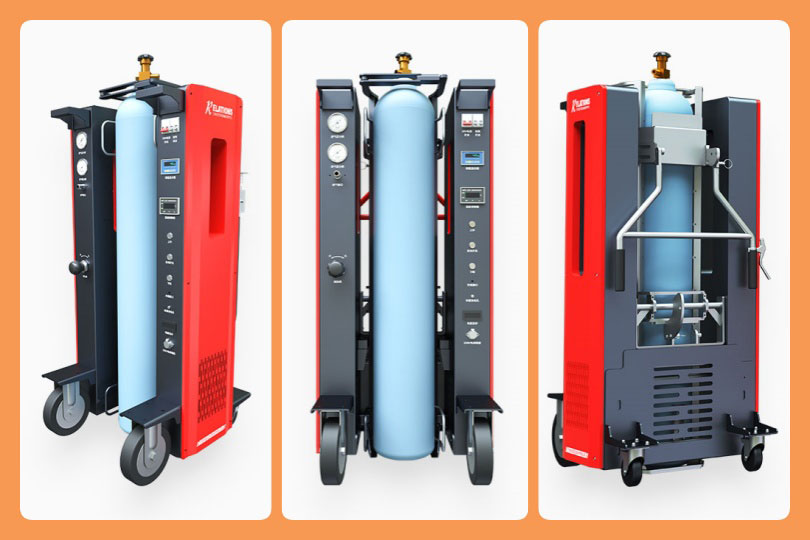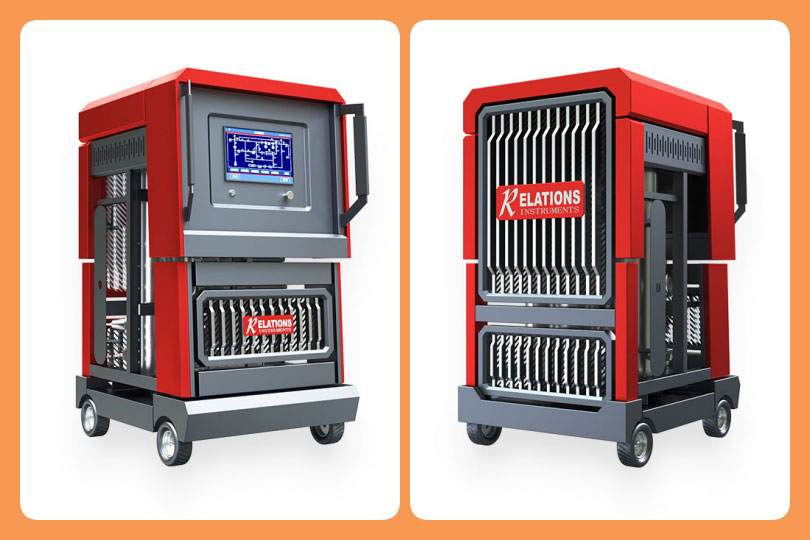What is the price range of SF6 gas recovery and refilling equipment, and what factors affect the cost?
Date
2025-11-07
[email protected]
Website
www.sf6gasdetector.com
Get Solutions And Quotes
What is the price range of SF6 gas recovery and refilling equipment, and what factors affect the cost?
The price range for SF6 gas recovery and refilling equipment can vary significantly depending on various factors, such as the type of equipment, its capacity, and the specific features it offers. Typically, the costs for SF6 gas recovery and refilling equipment can fall within the following price ranges:
Price Range
Small-Scale SF6 Recovery Units:
Price Range: $5,000 to $15,000
These are smaller units, often used for mobile or low-volume recovery and refilling applications.
Mid-Range SF6 Recovery Systems:
Price Range: $15,000 to $50,000
These systems are typically used for medium-sized installations and have higher capacity and advanced features, such as automatic recovery, filtration, and higher recovery speeds.
Large-Scale SF6 Gas Recovery & Refilling Equipment:
Price Range: $50,000 to $150,000+
These are industrial-grade systems designed for large-scale operations, offering features like fully automated gas recovery, purification, drying, and large-volume refilling. The more advanced the system, the higher the cost.
Factors Affecting the Cost
Several factors influence the pricing of SF6 gas recovery and refilling equipment:
- Capacity and Throughput:Larger systems capable of recovering and refilling greater volumes of SF6 gas will generally cost more. The size of the system (measured by the amount of SF6 it can process in a given time) directly correlates with its price.
- Level of Automation:Fully automated systems with self-contained purification, filtration, and gas quality monitoring functions tend to be more expensive than manual systems. Automated systems offer convenience and efficiency but add to the overall cost.
- Recovery and Purification Features:Advanced systems with built-in gas drying, filtration, and impurity removal features increase the price. These features ensure the SF6 gas is purified to meet the quality standards necessary for refilling equipment and extending its lifespan.
- Brand and Manufacturer:Established brands known for quality, reliability, and customer support often price their systems higher. The reputation of the manufacturer can also affect pricing, with some offering premium systems at a premium price.
- Customization:Systems that are customized for specific applications or needs (e.g., mobile units, systems designed for specific types of electrical equipment) can be more expensive than standard models.
- Technological Features:Features such as gas leakage detection, built-in monitoring and diagnostics, integration with other systems, and advanced safety mechanisms can increase the price of the equipment.
- Regulatory Compliance and Certifications:Equipment that complies with specific environmental and safety regulations (such as ISO certifications or adherence to local environmental standards) can be more costly. Compliance with F-gas regulations, for instance, may require specific safety and environmental features.
- Service and Warranty:Some systems include long-term service contracts, warranties, and maintenance support as part of the package. These added services will increase the overall cost but offer better support and reliability in the long run.
- Maintenance and Spare Parts:Ongoing maintenance costs and the availability of spare parts can also affect the total cost of ownership. Systems with high-quality parts and long intervals between required maintenance might have a higher upfront cost but lower long-term operating costs.
- Portability:Mobile or portable SF6 recovery units designed for on-site or remote applications can be more expensive due to the need for specialized engineering, transportation, and added flexibility.
In summary, the price of SF6 gas recovery and refilling equipment can range from a few thousand dollars for small, basic systems to over $150,000 for large, highly automated systems with advanced features. The final cost depends on factors such as capacity, level of automation, included features, brand, and customization. When considering such equipment, it’s essential to evaluate the specific needs of the facility, the required throughput, regulatory compliance requirements, and long-term operational costs to choose the most cost-effective solution.
